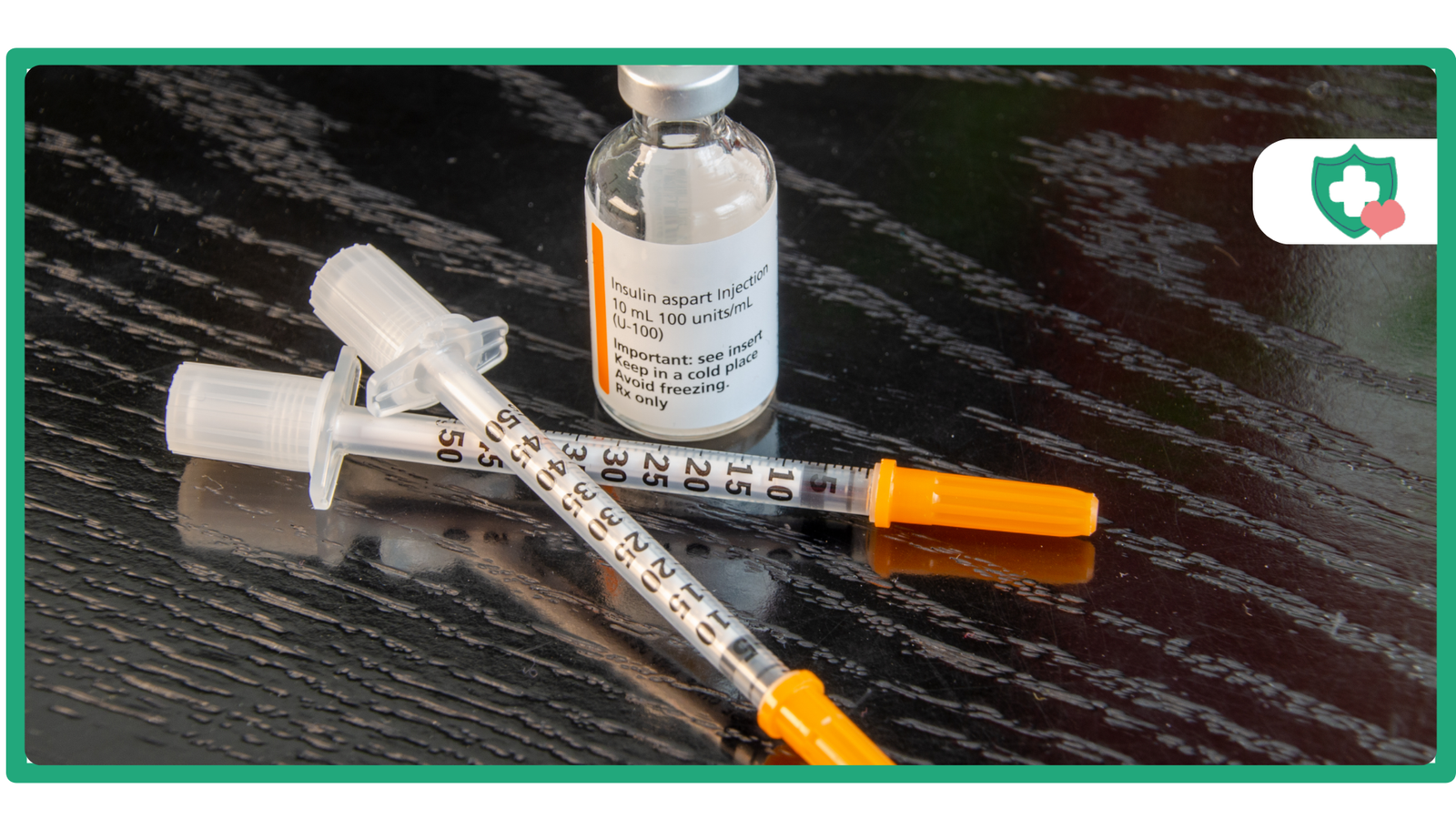Lots of people are talking about a medicine called Tirzepatide. It helps people with type 2 diabetes, and it also helps people lose a lot of weight. Pretty cool, right? So, you might wonder, what is Tirzepatide? A big question is, is Tirzepatide a peptide? Yes, it sure is!
But what does being a peptide mean? We will explain it here. We’ll talk about what it’s made of, and we’ll see how being a peptide helps it work. People want to know more as they see its good effects. You can find out more about how it’s used on our blog.
Understanding the Basics: What Exactly is a Peptide?
First, let’s learn about peptides. What are they? Peptides are like tiny proteins. Your body has building blocks called amino acids. When a few amino acids join together, they make a peptide. It’s like a short chain.
If the chain is very long and complicated, it’s called a protein. So, peptides are shorter and simpler than proteins. Peptides are very important in your body. Your body makes them naturally, and they act like messengers. They tell different parts of your body what to do.
For example, many hormones are peptides. You might know about insulin. Insulin is a peptide hormone that helps control your blood sugar. Glucagon is another peptide, and it does the opposite of insulin.
Knowing that Tirzepatide is a peptide is helpful. It helps us understand how it’s made. It also helps us see how it works in your body and explains why you get it as a shot, not a pill.
Tirzepatide’s Chemical Identity: A Closer Look at Its Structure
So, we know peptides are short chains of amino acids. Tirzepatide fits this description perfectly. Tirzepatide is a “synthetic” peptide. “Synthetic” means scientists made it in a lab. Your body does not make Tirzepatide on its own.
But scientists designed it very carefully. It’s made to copy some good things your body does naturally. Sometimes, it can even make those things work better! Tirzepatide is like a copy of a natural hormone in your body. This natural hormone is called GIP. GIP stands for glucose-dependent insulinotropic polypeptide. That’s a mouthful, so just remember GIP.
Let’s look a bit closer at what Tirzepatide is made of, but don’t worry, we’ll keep it simple. Tirzepatide is basically one long chain. This chain has 39 amino acids in it. These amino acids are linked together in a very special order. Why is the order so important? Because this special order helps Tirzepatide do its job. It helps it connect with certain parts of your cells called receptors.
Think of receptors like keyholes, and Tirzepatide is like a special key. Your body’s own natural hormones also use these keyholes. But Tirzepatide has an extra special part in its design. This part makes it work even better. Scientists added a little bit of fat to it.
The science name is a C20 fatty diacid moiety. That sounds complicated! But it just means a small fatty piece is attached to the amino acid chain. Why did they add this fatty bit? It was a very smart idea. It gives Tirzepatide some big advantages:
- It helps Tirzepatide stay in your body longer. The fatty part helps Tirzepatide hold onto a protein in your blood called albumin. Albumin is like a taxi. Tirzepatide gets a ride on this taxi, which keeps it safe and lets it work for a longer time.
- It protects Tirzepatide from being broken down too quickly. Your body has things called enzymes. Some enzymes like to chop up peptides. But the fatty part on Tirzepatide acts like a shield, helping protect it from these enzymes.
- This means you usually only need it once a week. Because Tirzepatide is protected and stays around longer, it has a long “half-life.” This means it stays active in your body for a good while. That’s why most people only need to take it once a week.
This clever design is very important. So, when someone asks, is Tirzepatide a peptide, the answer is yes. But it’s also important to know it’s a specially engineered peptide, made to work really well.
How Tirzepatide’s Peptide Nature Dictates Its Action
Because Tirzepatide is a peptide, it works by talking to those special keyholes on your cells – the receptors. Tirzepatide is extra special because it’s a “dual agonist.” This means it’s like a master key. It can unlock and turn on two different kinds of receptors in your body. These are:
- GLP-1 receptors (GLP-1 stands for glucagon-like peptide-1)
- GIP receptors (remember GIP from before?)
Your body naturally makes its own GLP-1 and GIP. They are called incretin hormones. Your body releases them after you eat, and they help manage your blood sugar. Tirzepatide copies what these natural peptide hormones do. But it’s designed to be stronger and last longer in your body.
So, what happens when Tirzepatide turns on these GLP-1 and GIP receptors? A few good things:
- It helps your pancreas release insulin. But it only does this when your blood sugar is high. This is smart because it lowers blood sugar without making it go too low.
- It lowers glucagon. Glucagon is a hormone that makes your blood sugar go up. Tirzepatide helps reduce glucagon.
- It slows down your stomach. This means food moves through your stomach more slowly. This helps you feel full for a longer time, so you might eat less.
- It makes you feel fuller. Tirzepatide also talks to parts of your brain. This helps reduce your appetite.
The special way the amino acids are arranged in Tirzepatide, plus that fatty part, helps it connect strongly to both these receptors. This double action is a big reason why Tirzepatide works so well for many people. The way Tirzepatide interacts with these receptors is a fascinating area of study, and you can find more discussions on Tirzepatide mechanisms and research on our site.
Why Does It Matter That Tirzepatide is a Peptide?
Knowing Tirzepatide is a peptide is more than just a science fact. It affects how the drug is used and why it acts the way it does.
- How You Take It: Most peptides, including Tirzepatide, can’t be a pill you swallow. Why not? Your stomach and intestines are very good at breaking down peptides and proteins in food. If you swallowed Tirzepatide, it would just get digested. It wouldn’t get into your blood to do its job. That’s why Tirzepatide is given as an injection, a shot just under the skin. This way, it gets right into your bloodstream.
- How Specific It Is: Peptide drugs can be designed to be very, very specific. Scientists can arrange the amino acids just right. This makes the peptide fit perfectly into certain receptors, like a key made for only one or two locks. This high specificity means Tirzepatide targets the GLP-1 and GIP pathways very well. This can lead to more direct effects and maybe fewer side effects that happen when a drug affects many different parts of the body. Understanding that is Tirzepatide a peptide helps us see why its delivery and actions are so precise.
- How It’s Made: Making synthetic peptides like Tirzepatide is a bit more complicated than making simple pills like aspirin. Scientists have to link up all 39 amino acids in the exact correct order. Then, they add that fatty acid part. This careful process can sometimes affect the cost of peptide medicines.
- A Small Chance of Immune Response: Peptides are bigger molecules. Even though they are made to be like human hormones, there’s always a tiny chance the body might see them as something new or foreign. This could cause an immune response. But drugs like Tirzepatide are designed to make this risk very, very small. For approved medicines, this is usually not a big problem.
So, the fact that Tirzepatide is a peptide tells us a lot. It explains how you take it and why it’s so good at its job!
Comparing Tirzepatide to Other Peptide Medications
Tirzepatide is not the only peptide medicine out there. There are others, especially for diabetes and weight loss. You might have heard of medicines like semaglutide. Semaglutide is in Ozempic and Wegovy. These are also peptide drugs. For example, semaglutide mainly targets the GLP-1 receptor. So, it works on one of those keyholes we talked about. It works very well too, but it acts a bit differently than Tirzepatide.
What makes Tirzepatide special is that it hits both the GIP and the GLP-1 targets. Remember, it’s a dual agonist. This double-action punch is thought to be a key reason why Tirzepatide has shown such great results in studies for blood sugar and weight loss. Sometimes, it shows even better results than drugs that only work on GLP-1.
This unique power comes from how its peptide structure was engineered. The exact order of its amino acids and the changes made to it make a big difference.
Consulting Your Healthcare Provider
Learning about the science of medicines like Tirzepatide can be really interesting. Understanding what it’s made of helps you see how it works. But it’s super important to remember something. Articles like this give you general information. They are not medical advice.
If you are thinking about Tirzepatide, or any medicine, always talk to your doctor first. Or, speak with another healthcare professional who knows your health. They can look at your personal health situation. They can talk about the good things and any possible risks. Then, they can help you decide if it’s a good choice for you. For guidance tailored to your health needs, it’s crucial to speak with a medical expert. Tirzepatide Medics aims to provide foundational knowledge to support those conversations.
Conclusion: Tirzepatide is a Powerhouse Peptide
So, let’s go back to our main question. Is Tirzepatide a peptide? Yes, absolutely! And knowing this helps us understand why it’s such a powerful medicine. Tirzepatide isn’t just any peptide. It’s a very advanced, specially made molecule. Its structure – that chain of 39 amino acids with the special fatty part – is designed with great care.
This unique chemical makeup helps it turn on both GIP and GLP-1 receptors. It also helps it last long enough in your body for just one shot a week. Its identity as an advanced peptide therapeutic is central to its groundbreaking role in managing type 2 diabetes and weight. It really shows how amazing peptide science can be!
Frequently Asked Questions
What is tirzepatide made of?
Tirzepatide is made from 39 tiny building blocks called amino acids, all linked in a chain. It also has a small fatty part added to it. This special design helps it work well and stay in your body longer.
Why is tirzepatide injected and not taken as a pill?
If you took Tirzepatide as a pill, your stomach would break it down, like it breaks down food. Because it’s a peptide, it needs to be injected under the skin. This way, it gets into your blood and can do its job.
Is tirzepatide a natural or synthetic peptide?
Tirzepatide is synthetic, which means it’s man-made in a lab. Scientists created it to act like, and even improve upon, natural hormones in your body called GIP and GLP-1.
How does tirzepatide’s chemical structure make it effective for weight loss and diabetes?
Its special amino acid chain lets it work on two important targets in your body (GIP and GLP-1 receptors). This helps control blood sugar, slows down your stomach, and makes you feel less hungry.















